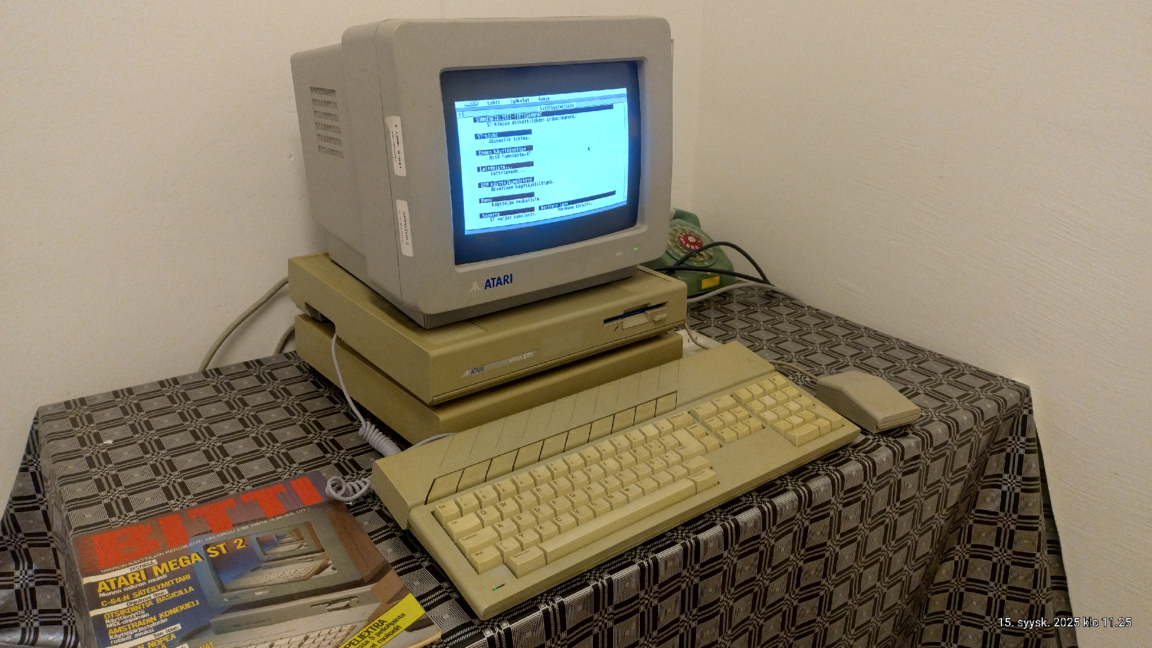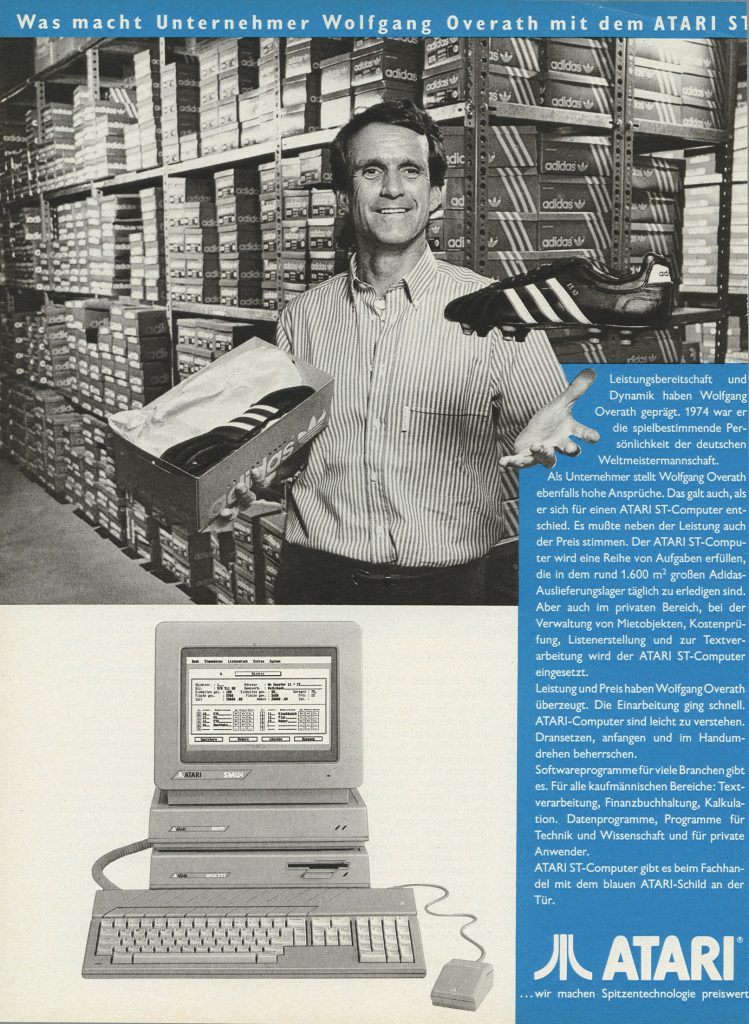Clocks, Calculators, Computers and Casio
In the early 1980s, the home computer market was experiencing a rapid expansion, with manufacturers across the globe vying for a place in the living rooms of consumers. Among these, Casio, better known for its calculators and electronic instruments, made a foray into personal computing with the Casio MX-10, a machine that sought to combine affordability, accessibility, and basic computing functionality for beginners. Released in 1983, the MX-10 was positioned as an entry-level computer, ideal for students, hobbyists, and families who were curious about the possibilities of home computing. The Casio MX-10 featured a Z80-compatible CPU running at approximately 3.58 MHz and 16 KB of RAM, expandable to 32 KB. Its built-in BASIC interpreter allowed users to write programs directly, fostering both learning and creativity. Unlike more sophisticated machines of the era, the MX-10’s graphics and sound capabilities were modest, offering a simple text-based display and minimalistic audio output. Yet this simplicity was intentional, reflecting Casio’s vision of a computer that was easy to operate and understand, rather than a machine burdened with complexity or unnecessary features. One of the MX-10’s most notable aspects was its compact design and integrated keyboard, which made it approachable for users unfamiliar with computers. Finnish hobbyists and early computing clubs appreciated this accessibility, as it allowed beginners to experiment with programming, basic games, and educational software without requiring technical expertise. The MX-10’s BASIC environment supported a range of commands for creating simple animations, text-based games, and numeric calculations, offering a platform for creative expression even within its hardware limitations.
The software ecosystem for the MX-10, while not as extensive as that of competitors like the Commodore 64 or ZX Spectrum, included a mix of educational programs, utility applications, and simple games. Early Finnish computer magazines occasionally reviewed the machine, noting its affordability and educational potential. They praised its straightforward operation, which made it ideal for schools and students learning programming fundamentals. At the same time, critics pointed out its limited graphics and sound capabilities, which made it less suitable for complex gaming or multimedia applications. Nevertheless, the MX-10’s design philosophy emphasized usability and learning, which resonated with its target audience. Gaming on the MX-10 was modest but entertaining. Text-based and early graphic games demonstrated that even simple systems could provide fun and engagement. Users could create their own games using BASIC, or load programs from cassette tapes, which was the primary storage medium. This hands-on approach to computing encouraged experimentation and problem-solving, as users learned to debug code, design game logic, and manage the machine’s limited memory. Titles involving racing, puzzles, or simple simulations allowed players to explore creativity within the constraints of the system, fostering skills that would remain valuable even as computing technology evolved.
One of the MX-10’s strengths was its educational potential. Casio marketed the machine as a tool to introduce young users to programming and computational thinking. The combination of a built-in BASIC interpreter, expandable memory, and a simple interface meant that students could engage in hands-on learning without the intimidation of more complex systems. In Finland and other European countries, where home computing was gaining popularity, the MX-10 found a niche among parents and educators seeking an entry-level computer that was approachable yet capable of meaningful tasks. Its low price point and ease of use made it a natural choice for classrooms, hobbyists, and families experimenting with digital technology for the first time. Despite its simplicity, the Casio MX-10 reflected the broader trends in 1980s computing: the democratization of technology, the rise of educational software, and the desire to make programming accessible to a wider audience. While it could not compete with the graphical sophistication or memory capacity of machines like the Commodore 64 or the ZX Spectrum, it carved out a space as a friendly, approachable, and educational home computer. Its design encouraged curiosity and engagement, offering a platform where beginners could learn fundamental computing skills, explore software, and even create their own content.
The MX-10’s legacy is modest but meaningful. It represents a moment in the history of home computing when companies outside the traditional computer industry, such as Casio, sought to introduce accessible technology to everyday users. Its simplicity, affordability, and focus on education made it a valuable stepping stone for a generation of users who would later encounter more advanced systems. Finnish hobbyists and retro computing enthusiasts continue to remember the MX-10 fondly, as a machine that invited experimentation, learning, and playful exploration, reflecting the optimism and creativity of the early 1980s personal computing era. Ultimately, the Casio MX-10 exemplifies the spirit of early home computers: approachable, educational, and designed to inspire curiosity. While it lacked the power and graphical sophistication of its more famous contemporaries, it succeeded in its goal of introducing users to programming, problem-solving, and the world of digital technology. Its simplicity was its strength, allowing beginners to focus on the fundamentals of computing and providing a gateway into the vibrant ecosystem of 1980s home computing. For many, the MX-10 represents a nostalgic reminder of the beginnings of personal computing, when small, humble machines opened up a world of possibility and learning.
















